Overcoming obstacles
As the freight train service traverses European and Asian nations, it encounters myriad challenges, including the quest for stable sources of goods, limitations in transportation capacity, customs clearance procedures, and the intricate process of loading and unloading cargo to align with different railway tracks in different countries.
Numerous stakeholders, ranging from city governments to railway departments and customs authorities, have diligently collaborated to overcome these obstacles and enhance operational efficiency.
"Roads pave the way to prosperity across all industries," Foreign Affairs spokeswoman Mao Ning said at a recent media briefing.
"The China-Europe freight train not only transports goods but also carries opportunities and hope. This express freight service not only expedites the delivery of goods between China and Europe but also fosters the development of new logistics hubs, commercial centers, and industrial parks, bridging the geographical and economic distances between the two regions, fostering mutual benefits and reciprocity."
In Chinese cities like Xi'an, Zhengzhou, Henan province, Horgos and Urumqi in Xinjiang, and numerous locations in China, products from Europe have become ubiquitous. Chinese consumers are becoming more acquainted with these products and are showing a strong interest in their countries of origin. A similar phenomenon is unfolding in European nations.
If the pioneering figure Zhang Qian were to journey through time to the present day, he would take immense pride in his exploratory endeavors, which laid the foundation for a trade route spanning more than two millenniums.








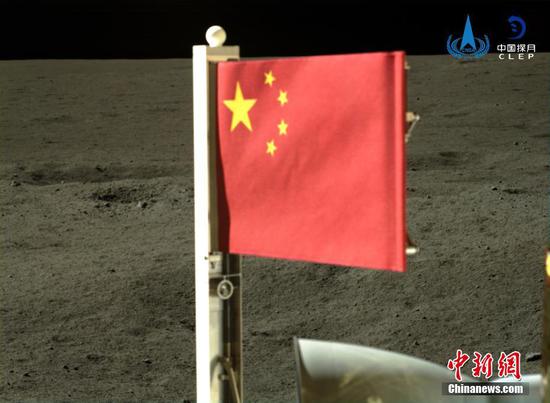



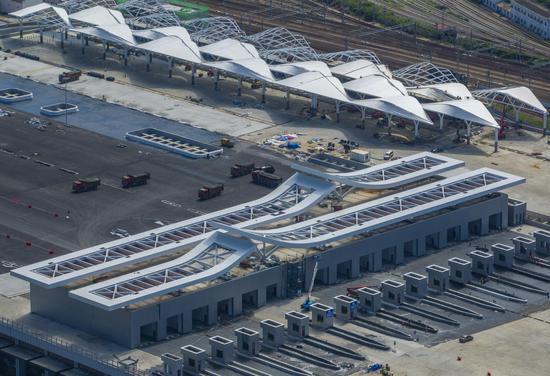


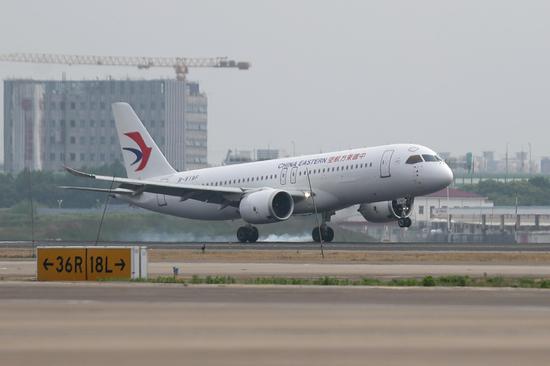

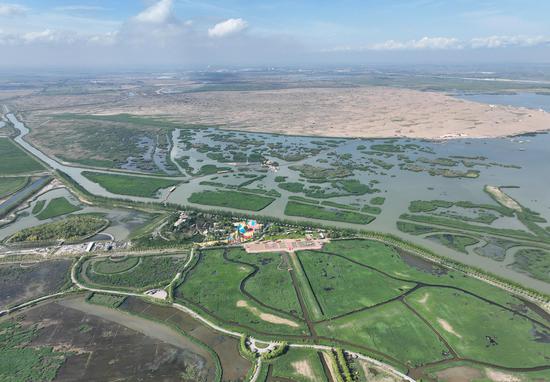
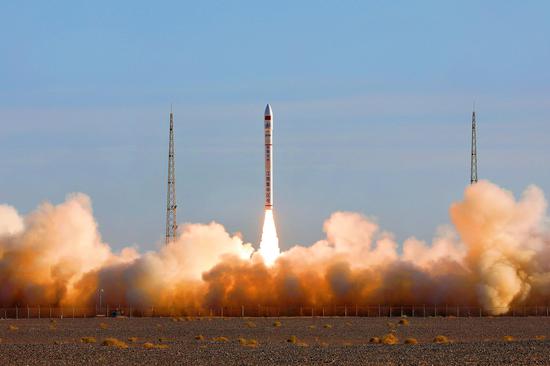




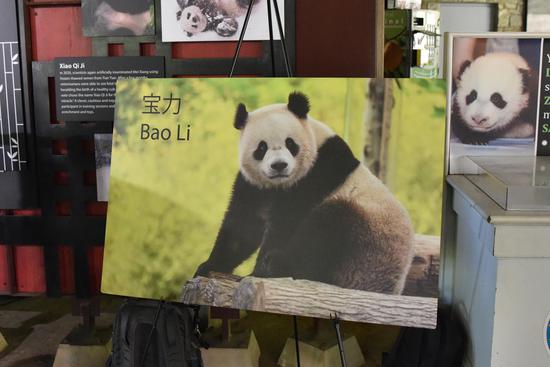
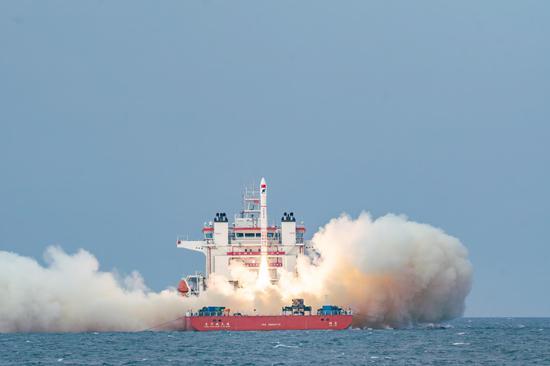
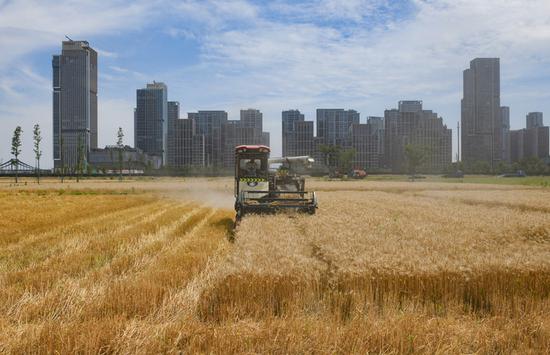
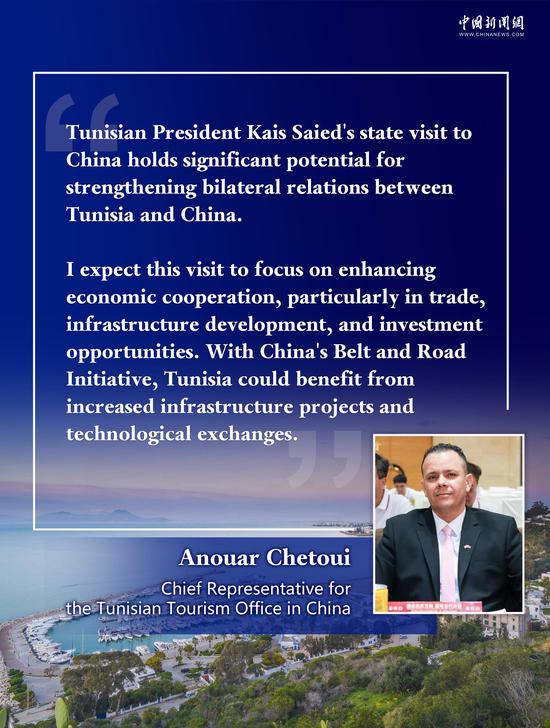
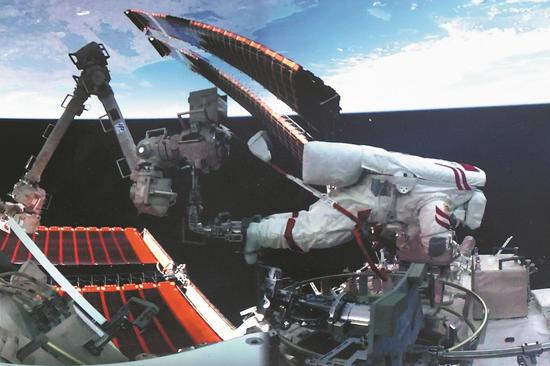




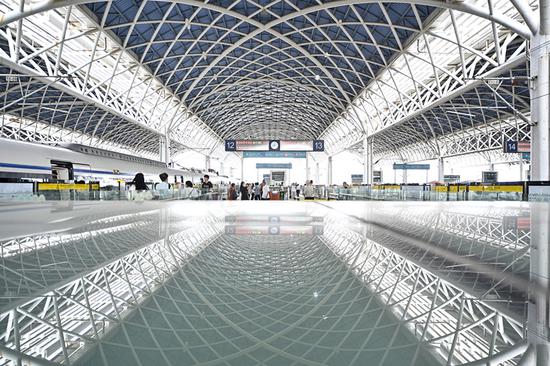
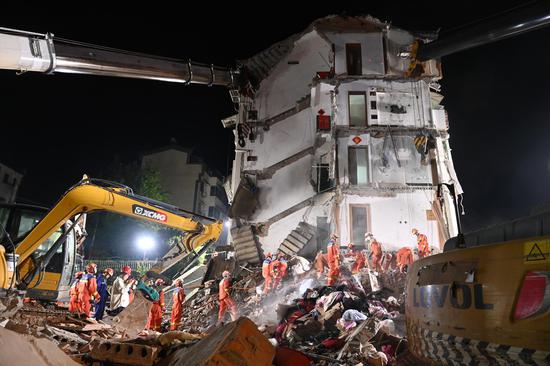
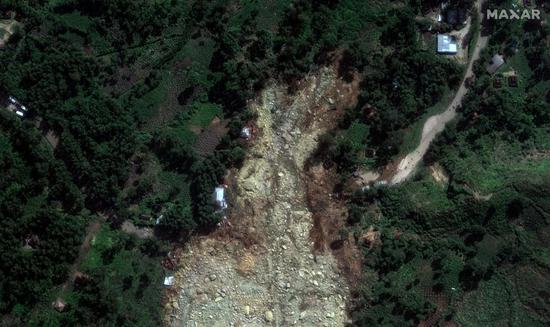





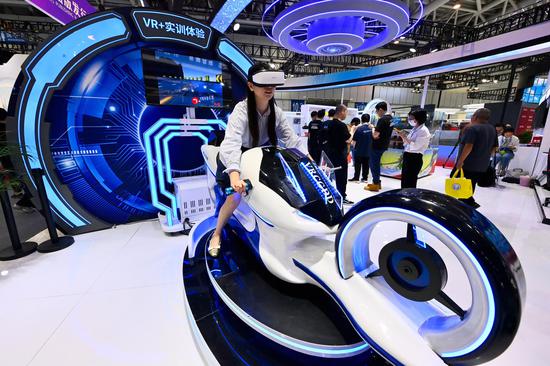



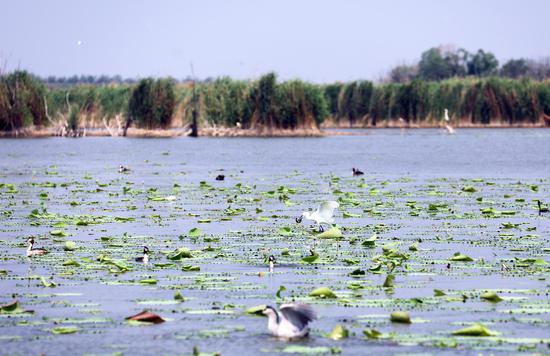





 京公网安备 11010202009201号
京公网安备 11010202009201号